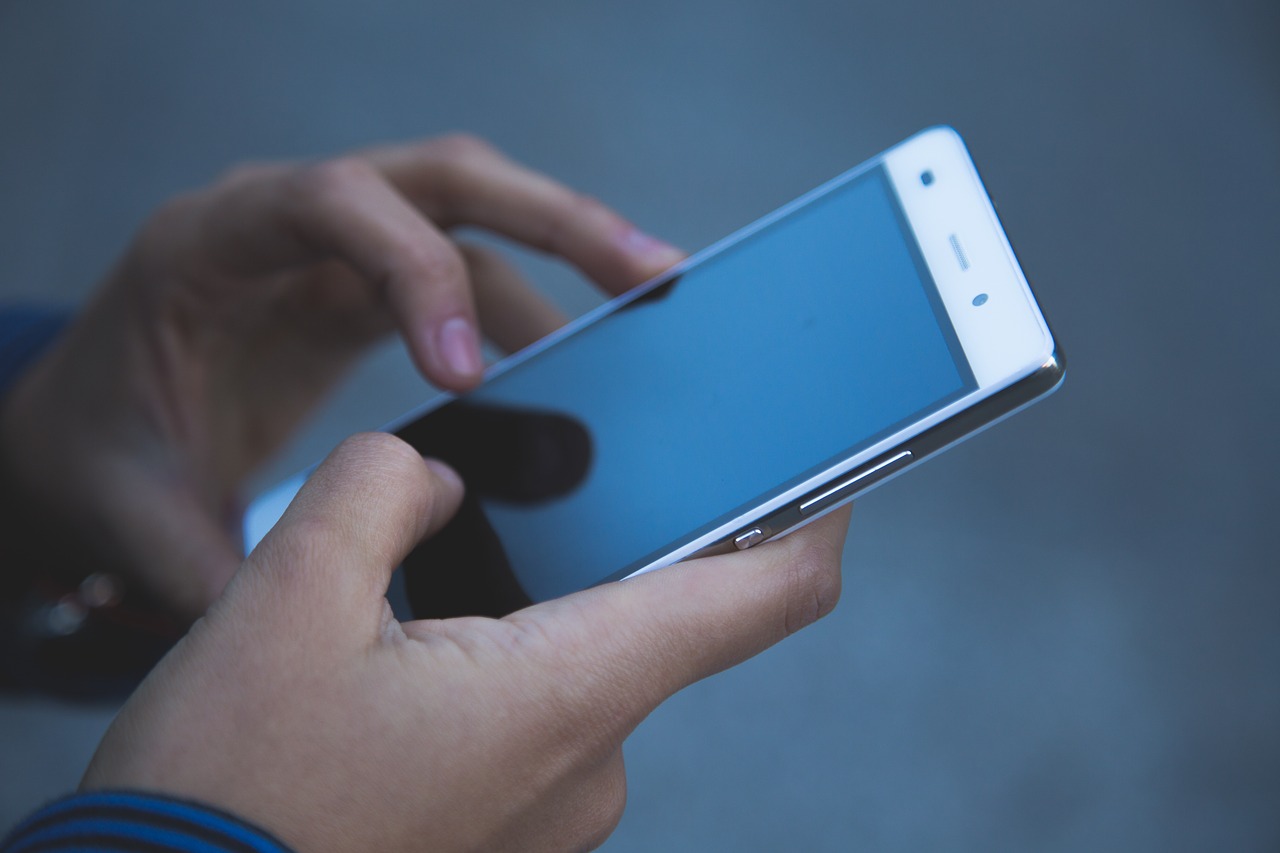
Exploring the Use of Smartphones and Tablets Among People with Visual Impairments: Are mainstream devices replacing the use of traditional visual aids?
Research study exploring the use of smartphones and tablets among people with visual impairments to explore the question of whether mainstream devices are replacing the use of traditional visual aids
Abstract:
Smartphones and tablets incorporate built-in accessibility features, but little is known about their impact within the visually impaired population. This study explored the use of smartphones and tablets, the degree to which they replace traditional visual aids, and factors influencing these decisions. Data were collected through an anonymous online survey targeted toward visually impaired participants above the age of 18, whom had been using a smartphone or tablet for at least three months. Among participants (n = 466), 87.4% felt that mainstream devices are replacing traditional solutions. This is especially true for object identification, navigation, requesting sighted help, listening to audiobooks, reading eBooks and optical character recognition. In these cases, at least two-thirds of respondents indicated that mainstream devices were replacing traditional tools most or all of the time. Users across all ages with higher self-reported proficiency were more likely to select a mainstream device over a traditional solution. Our results suggest that mainstream devices are frequently used amongst visually impaired adults in place of or in combination with traditional assistive aids for specific tasks; however, traditional devices are still preferable for certain tasks, including those requiring extensive typing or editing. This provides important context to designers and rehabilitation personnel in understanding the factors influencing device usage.
